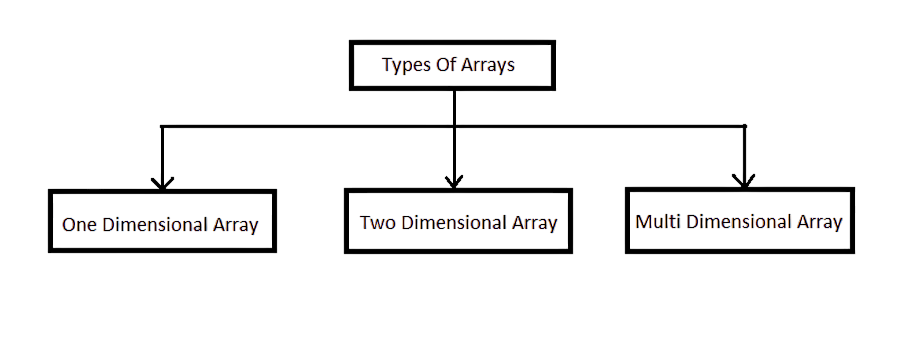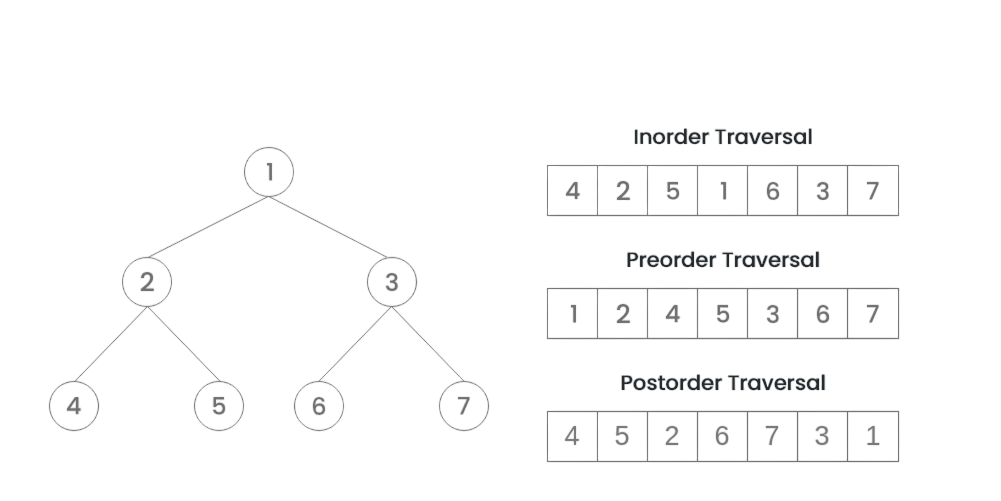
- Introduction to Arrays
- Features and Characteristics
- Types of Arrays (1D, 2D, Multidimensional)
- Array Declaration and Initialization
- Accessing and Modifying Elements
- Traversal Techniques
- Advantages and Limitations
- Arrays in Different Languages
- Conclusion
Introduction to Arrays
Arrays are foundational structures in programming that allow the storage and management of data in a structured format. Instead of handling many variables, arrays provide a way to use a single identifier to reference a collection of data. Each element in an array can be accessed using an index, which typically starts at 0 in most programming languages. Arrays simplify the task of manipulating multiple related data items and make programs easier to manage and understand. Arrays are commonly used in situations where performance is critical, such as in systems programming, Python Training graphics rendering, and algorithm implementation. Because of their predictable structure and memory layout, arrays offer fast access times. They are also used extensively in data analysis, image processing, and simulations.An array is a data structure that stores a fixed-size sequential collection of elements of the same data type. Arrays are used to store multiple values in a single variable, rather than declaring separate variables for each value. Arrays are especially useful when dealing with large amounts of data and when you need to perform operations like sorting, searching, and updating values efficiently. The concept of arrays has been fundamental in programming languages from the earliest days of computing, as they offer a highly structured and predictable way of storing data.
Interested in Obtaining Your Python Certificate? View The Python Developer Course Offered By ACTE Right Now!
Features and Characteristics
Arrays have several distinguishing features:
- Homogeneous elements: All elements in an array are of the same data type, which ensures consistency in operations.
- Fixed size: The size of an array is determined at the time of declaration and remains unchanged, which can lead to memory efficiency but also imposes limits.
- Indexed access: Each element in an array is accessed using an index. This direct access improves performance Reverse a String .
- Efficient data retrieval: Arrays provide fast access to elements using indices because of their contiguous memory allocation.
- Contiguous memory allocation: Elements are stored in adjacent memory locations, enabling fast access through pointer arithmetic in low-level languages like C.
Types of Arrays (1D, 2D, Multidimensional)
- One-Dimensional Array (1D): A linear array where elements are stored in a single row. This is the most basic and commonly used type.
- Two-c Array (2D): Lambda Expression A matrix-like structure with rows and columns. Used to represent tables, spreadsheets, and image pixels.
- Multidimensional Array: Arrays with more than two dimensions, often used for representing complex data structures such as 3D models, simulations, and data cubes in scientific computing.
- An array is a collection of elements of the same data type stored in contiguous memory locations. Declaring and initializing arrays are fundamental steps in programming, allowing you to efficiently store and manipulate multiple values under a single variable name. The declaration of an array specifies its data type and size. For example, in languages like C or Java, you declare an integer array of size 5 as:
- int arr[5];
- This reserves memory for 5 integers but does not assign any initial values. In higher-level languages like Python, Python Training arrays (or lists) are dynamically sized and do not require explicit size declaration. Initialization assigns values to the array elements at the time of declaration or afterward. You can initialize an array with values as follows:
- int arr[5] = {1, 2, 3, 4, 5};
- This creates an array of size 5 with elements initialized to 1, 2, 3, 4, and 5 respectively. If fewer values are provided, the remaining elements are typically set to zero (in languages like C). In dynamic languages, initialization is more flexible. For example, in Python:
- arr = [1, 2, 3, 4, 5]
- arr = [10, 20, 30]
- print(arr[1])
- arr[2] = 40
- print(arr)
- Easy access to elements using indices
- Efficient memory usage and allocation
- Simplified data management for similar data types
- Predictable data structure, ideal for low-level memory operations
- Fixed size limits flexibility (cannot grow or shrink dynamically)
- Inefficient insertions and deletions Kruskal Algorithm in DAA (elements need to be shifted)
- Only stores elements of the same type (in statically typed languages)
- Higher memory usage if large arrays are underutilized
- Python: Uses lists, which are dynamic and versatile. Supports methods like append(), pop(), and slicing.
- Java: Offers arrays as fixed-size objects and provides classes like ArrayList for dynamic behavior.
- C/C++: Arrays are basic structures with manual memory management. C++ provides std::vector for dynamic behavior.
- JavaScript: Arrays are dynamic and support mixed types. Also includes many helper methods like push(), pop(), filter(), map().

Array Declaration and Initialization
Arrays are fundamental for handling collections of data efficiently, enabling indexed access and optimized performance in various algorithms.
Gain Your Master’s Certification in Python Developer by Enrolling in Our Python Master Program Training Course Now!
Accessing and Modifying Elements
Elements in an array can be accessed using their index:
Indices start from 0, and trying to access an index out of range will result in an error. Modifying elements is as simple as assigning a new value to an indexed position Prim’s Algorithm Explanation. In lower-level languages, improper access can lead to segmentation faults or buffer overflows, so care must be taken.
Traversal Techniques
Traversal is the process of accessing each element in a data structure exactly once to perform operations such as searching, updating, or displaying values. Different data structures require specific traversal techniques to efficiently visit all elements. For linear data structures like arrays and linked lists, traversal is straightforward. Starting from the first element, Fibonacci Series in Python each element is accessed sequentially until the end is reached. In arrays, this involves iterating through indices from 0 to the array’s length minus one. In linked lists, traversal begins at the head node and continues by following each node’s pointer until reaching the last node, which points to null. For non-linear data structures like trees and graphs, traversal becomes more complex. Trees use depth-first traversal (preorder, inorder, postorder) or breadth-first traversal (level order) to visit nodes.

Depth-first explores as far as possible along each branch before backtracking, while breadth-first visits all nodes level by level. Graphs also use depth-first and breadth-first traversal, but require additional tracking to avoid visiting nodes multiple times due to cycles. Effective traversal is crucial for algorithm design, enabling tasks such as searching, sorting, and modifying data. Choosing the right traversal technique depends on the data structure and the specific operation to be performed.
Are You Preparing for Python Jobs? Check Out ACTE’s Python Interview Questions and Answers to Boost Your Preparation!
Advantages and Limitations
Advantages:
Limitations:
Arrays in Different Languages
Each language has its nuances regarding array implementation, performance, and features. Understanding how arrays behave in each context is essential for writing efficient code.
Conclusion
Arrays are fundamental structures in programming, enabling efficient storage, retrieval, and manipulation of data. They are simple yet powerful tools for solving numerous problems, Types of Arrays from storing data collections to complex matrix operations. Arrays are fast and efficient, offering O(1) time complexity for access and modification. Understanding how arrays work across different programming languages and being aware of their strengths and limitations is crucial for effective coding and software development. Arrays are widely used in algorithm design, system programming, Python Training web development, Accessing and Modifying and data science. Mastering arrays is a foundational step toward becoming a proficient programmer and understanding more complex data structures like linked lists, stacks, queues, and trees. With proper use of arrays, developers can optimize code, enhance performance, and build scalable systems. Despite the emergence of newer data structures, arrays continue to play a pivotal role in the evolution of computer programming and software development.





